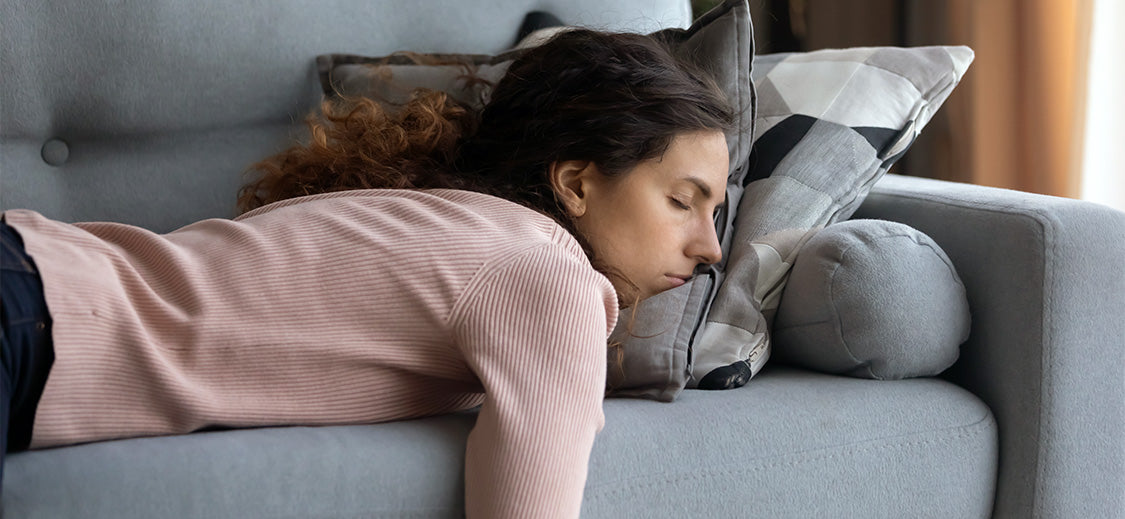
What are the Risks of Low Iron?
Untreated iron deficiency anaemia can increase the risk of illnesses and infections. This occurs because iron is essential for a healthy immune system. Other symptoms of low iron levels may include:
- A fast heartbeat
- Pale skin
- Dizziness
- Cold hands and feet
- Brittle nails
- A sore or inflamed tongue
A severe deficiency can result in haemoglobin levels lower than 12g/dL for women, leading to chronic fatigue. In some cases, women may also experience lower iron reserves in their liver or muscle tissues, exacerbating the fatigue.
Iron-Rich Dishes to Combat Deficiency
One of the best ways to tackle iron deficiency is by consuming iron-rich foods regularly. Iron is found in two forms:
- Heme iron, which is more easily absorbed by the body and is found in animal products like red meat, chicken, and fish.
- Non-heme iron, found in plant-based foods, though it requires other nutrients like vitamin C to improve absorption.
Here’s a list of iron-rich dishes and ingredients that can help improve your iron intake:
- Dark green leafy vegetables: Spinach, kale, and collard greens are excellent sources of non-heme iron.
- Red meat, chicken, and fish: Lean beef, liver, and fish like salmon are high in heme iron, providing an easily absorbed source.
- Beetroot salads: Beetroots are known for their iron content, making them a great ingredient in salads or juices.
- Lentils, peas, and beans: These plant-based foods are rich in iron and ideal for vegetarians. Combine them with foods rich in vitamin C to boost absorption.
- Dark chocolate: A surprisingly good source of iron, which can be enjoyed as a healthy snack.
- Blackstrap molasses: Often added to smoothies or teas, this syrup is loaded with iron.
- Organ meats: Liver, kidney, and heart are some of the most iron-rich options, though they may not appeal to everyone’s palate.
- Dried fruits: Prunes, dried apricots, and raisins are iron-rich snacks that provide energy and essential nutrients.
- Tofu and tempeh: These plant-based proteins are perfect for vegetarians looking to boost their iron intake.
- Pumpkin, sesame, hemp, and flaxseeds: Add these seeds to salads, smoothies, or baked goods for an iron boost.
Can I Just Take an Iron Supplement?
While iron supplements are often prescribed for those with severe iron deficiency, they can come with side effects such as nausea, constipation, and vomiting. Ferrous sulfate, ferrous gluconate, and ferrous fumarate are the most common forms prescribed, and they are typically taken alongside vitamin C for better absorption. However, for many women, supplements can cause discomfort, leading them to stop taking them before their iron levels are restored.
A more effective and sustainable way to maintain healthy iron levels is through a balanced diet rich in iron-rich dishes. Whole foods not only provide iron but also contain other essential nutrients that support immune function, hormone balance, and energy production.
Tips to Increase Iron Absorption
For optimal absorption, pairing iron-rich foods with vitamin C-rich foods is essential. Here are a few suggestions:
- Add citrus fruits: Squeeze lemon or orange juice over iron-rich dishes like salads or meats to enhance absorption.
- Avoid caffeine and calcium with meals: Coffee, tea, and dairy products can interfere with iron absorption, so it's best to consume them separately from meals that are rich in iron.
- Cook with cast iron cookware: This can add small amounts of iron to your meals, especially when cooking acidic foods like tomatoes.
Iron-Rich Dishes to Try
To boost your iron intake naturally, incorporate a variety of iron-rich dishes into your diet. Here are some options that include both heme and non-heme sources of iron:
1. Spinach and Lentil Soup
Spinach and lentils are both excellent sources of non-heme iron. This hearty soup is packed with fiber, iron, and protein, making it a satisfying and nutritious meal. Pair it with a squeeze of lemon or add tomatoes to enhance iron absorption with vitamin C.
2. Beef and Broccoli Stir-Fry
Red meat, like beef, is one of the best sources of heme iron. Combine it with broccoli, which contains vitamin C, to increase the absorption of non-heme iron. This dish is quick, delicious, and an excellent way to increase your iron levels.
3. Chickpea and Spinach Curry
Chickpeas and spinach are both rich in non-heme iron, and when cooked together in a flavorful curry, they create a tasty, iron-packed dish. Serve this with brown rice for a wholesome and balanced meal.
4. Grilled Chicken with Quinoa and Beetroot Salad
Chicken is another good source of heme iron, and when paired with iron-rich quinoa and beetroot, it becomes a powerful, nutrient-dense dish. Add some oranges or a citrus vinaigrette to increase vitamin C and iron absorption.

5. Liver and Onions
Organ meats, particularly liver, are extremely rich in iron. This traditional dish is a fantastic option for boosting your iron intake. While it might not be for everyone, liver is one of the most potent sources of heme iron available.
6. Baked Tofu with Sesame Seeds
For those following a plant-based diet, tofu is a great non-heme iron option. Bake the tofu and sprinkle it with sesame seeds, which are also rich in iron. Pair it with a salad featuring vitamin C-rich vegetables like bell peppers to enhance absorption.
7. Dark Chocolate and Nut Mix
Surprisingly, dark chocolate is an excellent source of non-heme iron. Combine it with iron-rich nuts like almonds and cashews for a tasty snack that not only satisfies your sweet tooth but also boosts your iron levels.
Can Iron Deficiency Be Prevented?
Preventing iron deficiency involves regular consumption of iron-rich dishes, particularly for those at higher risk such as menstruating women, vegetarians, and people who engage in high-intensity workouts. By focusing on a varied and balanced diet, you can maintain healthy iron levels and avoid the risks associated with anaemia. For those who are already deficient, it’s essential to work with a healthcare professional to determine the best treatment plan, which may include supplements in addition to dietary changes.
Conclusion
Iron is an essential nutrient that plays a key role in maintaining energy levels, immune function, and overall health. While iron supplements may be necessary for those with severe deficiencies, focusing on a diet full of iron-rich dishes is the best way to ensure long-term health. By including a variety of heme and non-heme iron sources in your meals, along with vitamin C for better absorption, you can effectively prevent or address iron deficiency and enjoy the energy and vitality that comes with balanced nutrition.

Written by Mona Hecke
Mona Hecke is a degree qualified Naturopath, nutrition specialist and health and wellness writer.
With over 20 years in the health industry, beginning with a focus on children and families, and a bestselling book ‘The Lunchbox Revolution’, Mona is now empowering women through education and conversation to take action and embrace change. Gut health, mindfulness, nutrition, hormones, and menopause are the topics that women want and need to know to create their healthy future.
Mona holds certifications in Lifestyle Coaching, Kinesiology, holistic herbal medicine, and nutrition.
A recognised leader in the health industry, Mona’s strong social media presence and passion for influencing change will continue to be a catalyst for health reform for the benefit of every Australian.






